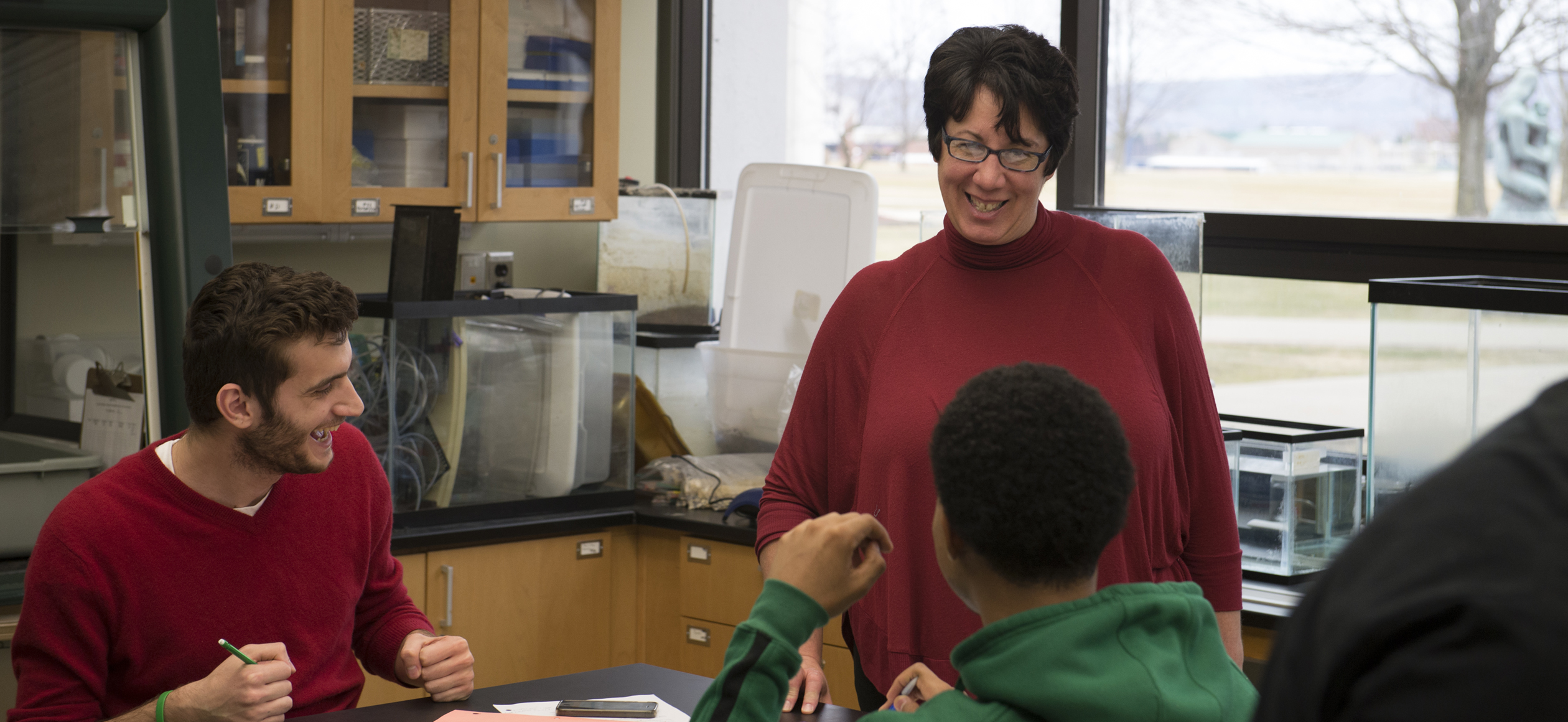Spring 2018 Asa Gray Seminars
February 19th, 2018
Heather Kropp, Ph. D., Environmental Life Sciences, B.S., Ecology, Postdoctoral Research Associate, Colgate University, Hamilton, New York.
Permafrost and post-fire stand density influence plant water relations and hydraulic traits in a Siberian boreal forest.
Boreal forests may experience increased water stress under global climate change as rising air temperatures increase evaporative demand and decrease soil moisture. Increases in plant water stress can decrease stomatal conductance, and ultimately, decrease primary productivity. A better understanding of variability in transpiration and the drivers of plant water use can help elucidate the implications of climate change on boreal forest productivity and demographics. A large portion of boreal forests are located in Siberia. Plant water stress may be heightened in high latitude Siberian boreal forests, since the forests are underlain by permafrost, characterized by short growing seasons, and receive low amounts of precipitation (< 300 mm per year). This presentation focuses on a study of plant water relations and hydraulic traits in northeastern Siberia across two different stand densities that arose from differing fire severity.
March 5th, 2018
Lucas J. Tucker, Ph.D., Associate Professor of Chemistry and Biochemistry, Director of the Siena College Green Chemistry Institute, Siena College, Albany, New York.
Green Chemistry: If we don’t make the change, who will?
The Siena College Green Chemistry Summer Institute explores methods for teaching the state curriculum using green laboratory experiments in collaboration with dozens of New York state high school teachers. A discussion of green chemistry, research at Siena, consulting for companies both large and small, and pedagogical work will paint a picture of the scientific life of one chemist from a small town in upstate NY.
April 2nd, 2018
David E. Blask, Ph.D., M.D., Professor of Structural and Cellular Biology, Associate Director of the Tulane Center for Circadian Biology and Tulane Circadian Cancer Group, Tulane University School of Medicine and Tulane Cancer Center, New Orleans, LA
The impact of light on the nighttime circadian melatonin signal and cancer: the ugly, the bad and the good
The daily (circadian) control of normal rhythms of physiology and metabolism by environmental light is a double-edged sword. Bright, natural and/or artificial light exposure during the day, particularly short wavelengths (i.e., blue), appears to reinforce the optimal functioning of the central circadian pacemaker in the brain. In contrast, these same light levels and wavelengths delivered artificially during the night (light pollution) produce the opposite effects (circadian disruption) that can be detrimental to our health and wellbeing. Light-mediated circadian regulation/disruption, via alterations in the nighttime, circadian melatonin signal from the pineal gland has a significant impact on oncogenesis. Light-at-night (LAN)-induced circadian disruption/suppression of the melatonin anti-cancer signal in nude rats and mice results in the dysregulation of melatonin-driven tumor circadian rhythms of metabolism, signaling and cell proliferation leading to increased growth progression and invasion/metastasis of human cancer xenografts. This results in the development of intrinsic resistance to both standard endocrine therapy and chemotherapy that is prevented by the physiological replacement of the nocturnal circadian melatonin signal. In contrast, exposure of cancer xenograft-bearing animals to blue light (460–480 nm) at daytime (bLAD), including blue-enriched LED lights, markedly increases the circadian amplitude and duration of the nighttime melatonin signal. The bLAD-induced amplification of the nocturnal melatonin signal reinforces melatonin-driven tumor circadian rhythms that markedly slow tumor growth progression and metastasis and increase tumor sensitivity to cancer therapy. Therefore, depending on the time of day or night, exposure to light may have either detrimental or beneficial effects on the development and progression of diseases, such as cancer, and their response to therapy by altering melatonin-driven host/cancer circadian dynamics. Supported by PHS Grants R01CA85408, R21CA129875 and R56CA193518 from the NIH/NCI
April 16th, 2018
Sharon Wise, Ph.D., Dean of School of Arts and Sciences and Professor of Biology, Utica College, Utica, New York.
Illuminating the effects of artificial light at night on the behavior of nocturnal salamanders
As human development expands, wildlife is increasingly exposed to artificial light at night (light pollution). This light pollution can be lethal to some organisms, such as insects and sea turtles, but for many other organisms, artificial night lighting has more subtle effects as a result of chronic exposure. Nocturnal animals, including many species of salamanders, have sensory systems that allow them to forage and interact with other individuals under low-illumination conditions. Light pollution can disrupt these normal nocturnal activities. We tested the hypothesis that activity of nocturnal salamanders is disrupted by artificial light in the following experiments: (1) the potential for light penetration into leaf litter habitats at different levels of light pollution; (2) the impact of light pollution on nocturnal activity of salamanders under controlled laboratory conditions; and (3) the short-term impact of low levels of light on activity of salamanders in a forested habitat. We found that light is able to penetrate into the leaf litter habitat and that salamanders respond to low levels of light at night by changing the timing of their nocturnal activity. Thus, artificial light at night may disruption foraging and social interactions in salamanders.
April 23rd, 2018
Megan G. Loyd, Ph.D., Postdoctoral Associate in Microbiology and Immunology, SUNY Upstate Medical University, Syracuse, New York.
Targeting the alternative sigma factor RpoN to combat Pseudomonas aeruginosa virulence
We evaluate inhibition of virulence in P. aeruginosa by a designed peptide (RpoN molecular roadblock, RpoN*), which binds specifically to the -24 site of RpoN consensus promoters. We expected RpoN* binding to its consensus promoter sites would reduce gene transcription, virulence, and antibiotic resistance by blocking RpoN and/or other transcription factors. We evaluated RpoN* in laboratory strains and cystic fibrosis patient isolates using microarray analysis, in vitro phenotyping assays, antibiotic susceptibility testing, and a P. aeruginosa – C. elegans infection model.

